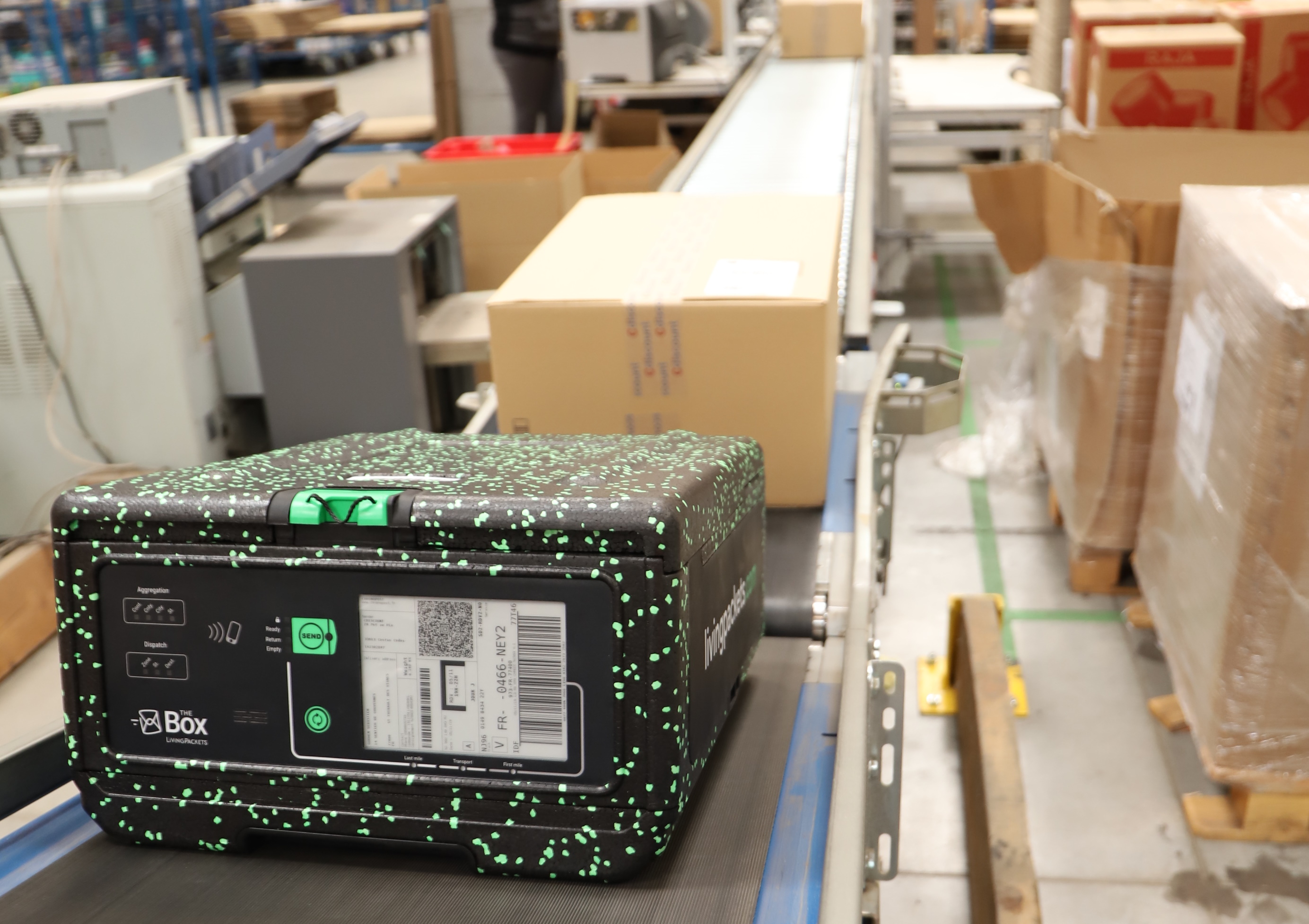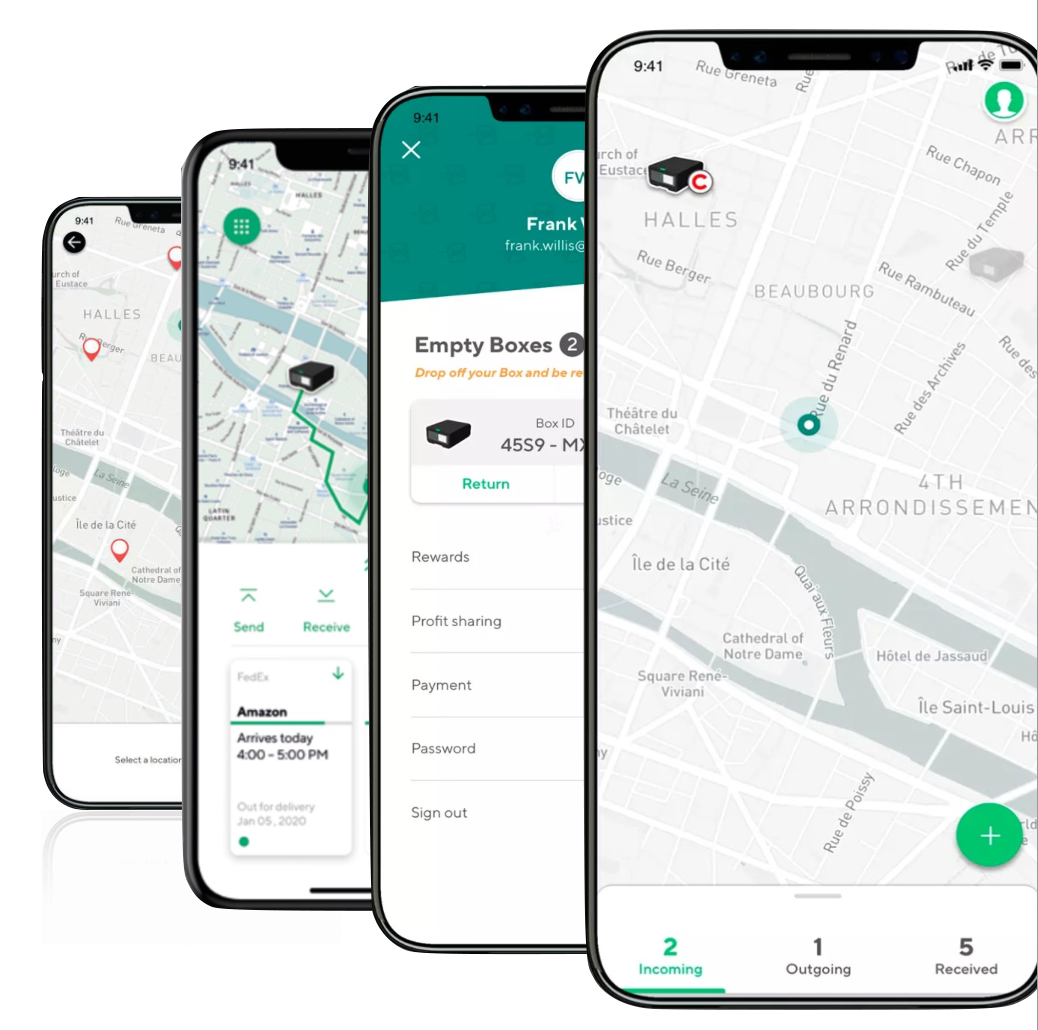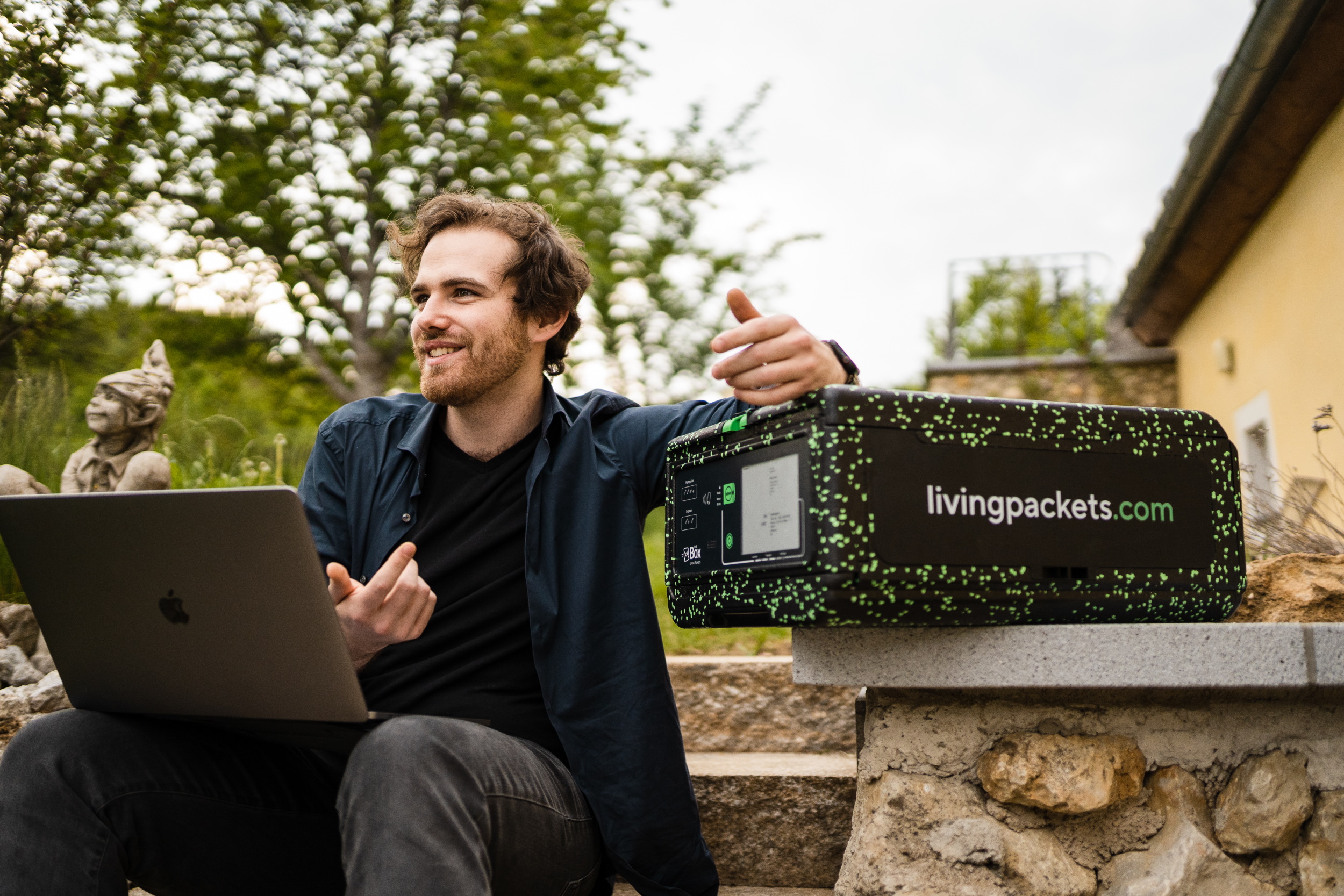More than ever in the past, individuals are getting life’s essentials delivered– great news for Amazon, however bad news for the environment, which should bear the consequences of the resulting waste. LivingPackets is a Berlin-based start-up that aims to replace the familiar cardboard box with an alternative that’s smarter, more protected and perhaps the foundation of a new circular economy.
The primary product developed by LivingPackets is called Package, and it’s simply that: a box. Not just any box. This one is reusable, resilient, digitally locked and monitored, with a smart device’s worth of sensors and devices that make it trackable and versatile, and an E-Ink screen so its destination or contents can be updated at will. A model shown at CES and a couple of other places drew in some interest, but the business is now well into producing V2 of Package, improved in lots of methods and ready to be released at the scale of hundreds of thousands.
Sure, it costs a lot more than a cardboard box. Once a LivingPackets Box has been utilized a couple hundred times for returns and local circulation purposes, it breaks even with its paper-based predecessor. Cardboard is inexpensive to make new, however it does not last long– and that’s not its only problem.

Package, imagined here with basic cardboard boxes on a conveyor belt, is indicated to be compatible with great deals of existing intrastructure. Image Credits: LivingPackets
” If you think of it, online transactions are still risky,” said co-founder Sebastian Rumberg. “The physical transaction and financial transaction don’t occur in parallel: You pay up front, and the seller sends out something into the void. You may not get it, or maybe you do and you state you didn’t, so the business needs to claim it with insurers.”
” The logistics system is over-capacity; there’s frustration with DHL and other providers,” he said.
And undoubtedly, it does appear strange that although delivery has ended up being a lot more important to almost everyone over the last years and particularly in current months, it’s practically done the very same way it’s been provided for a century– except you may get an e-mail when the plan gets here. LivingPackets objectives to upend this by totally transforming the bundle, leaving things like theft, damage and missed out on connections in the past.

Apps let users track the area and status of their box. Image Credits: LivingPackets
” You’re in full control of whatever involved,” he discussed. You can say, I’m not at the area for delivery right now, I’m at my office, and simply upgrade the address.
All of it noises fantastic, but cardboard is easy and, while limited, shown. Why should anybody switch to such an elegant gadget? Business model has to represent this, so it does– and after that some.
To begin with, LivingPackets doesn’t actually sell The Box.
As a service, it simplifies a lot of existing discomfort points for merchants, customers and logistics companies.
For merchants, among other things, tracking and insurance are much easier.
For packaging and delivery business, the basic type factor with adjustable interior makes these boxes easy to load and challenging to horn in or damage– tests with European online retail revealed that managing time and expenses can be minimized by more than half. LivingPackets also pays for pickup, so shipment business can recover expenses without altering paths. And generally speaking, more information, more traceability, is a good thing.
For customers, the most apparent enhancement is returns; no need to print a label or for the company to pre-package one, just inform them and the return address appears on the box instantly. In addition there are chances once a basically pre-paid box remains in a customer’s house: for instance, offering or contributing an old phone or laptop computer. LivingPackets will be running collaborations whereby you can just toss your old gear in package and it will make its method to the ideal areas. Or a customer can hang onto package up until the item they’re offering on eBay is bought and send it that method. Or a neighbor can– and yes, they’re working on the general public health side of that, with antibiotic finishings and other protections against spreading COVID-19

Package locks firmly however likewise folds down for storage when empty. Image Credits: LivingPackets
In addition to the market performances added by turning parcels into traveling IoT devices, recycling the boxes might reduce waste and carbon emissions– once you get past the first hundred usages or so, The Box pays for itself in more ways than one.
That philosophy is embodied in LivingPackets’ unusual form of moneying itself: a mix of bootstrapping and crowdsourced equity.
Cotte and his daddy established investment firm the Cotte Group, which offered a good starting point for said bootstrapping, however he kept in mind that every worker is taking a less than competitive wage with the hope that the company’s profit-sharing strategy will turn out. Even so, with 95 workers, that amounts to a number of million a year even by the most conservative quote– this is no small operation.

CEO Alex Cotte sits with V2 of Package. Image Credits: LivingPackets
Part of keeping the lights on, then, is the ongoing crowdfunding project, which has pulled in somewhere north of EUR6 million, from individuals contributing as little as EUR50 or as much as EUR20,000 This, Cotte stated, is mainly to finance the cost of production, while he and the founding team essentially funded the R&D period. Half of future revenues are earmarked for repaying these factors several times their financial investment– not precisely the sort of company design you see in Silicon Valley. That’s kind of the point, they described.
” Obviously all the individuals working for us think deeply in what we’re doing,” Cotte said.
It’s tough to picture a future where these newfangled boxes change even an obvious percentage of the really astronomical number of cardboard boxes being used every day. Even so, getting them into a few crucial circulation channels could show they work as intended– and improvements to the well-oiled makers (and deeply rutted courses) of logistics can spread like wildfire once the numerous companies the market touches see there’s a better way.
The objectives and means of LivingPackets may be rather utopian, but that might be the moonshot thinking that’s needed to remove the logistics organisation from its existing, distinctly last-century techniques.
TechCrunch.
